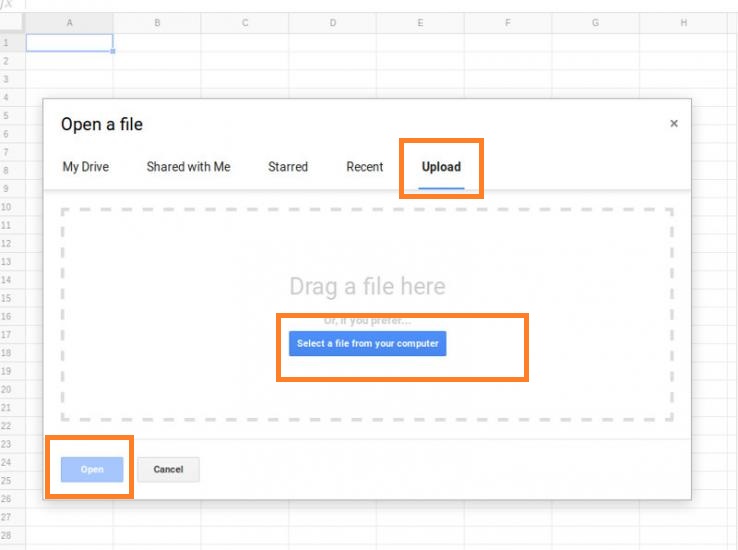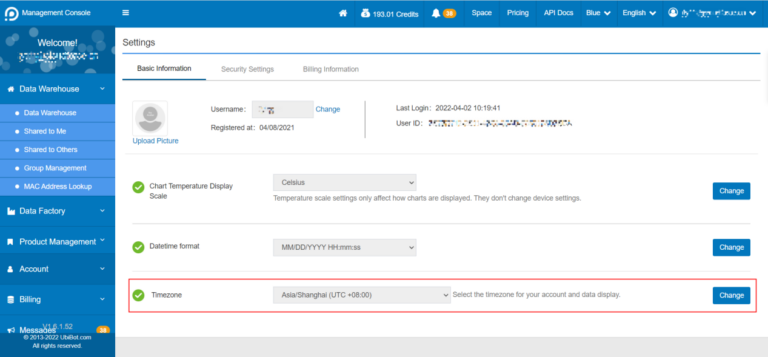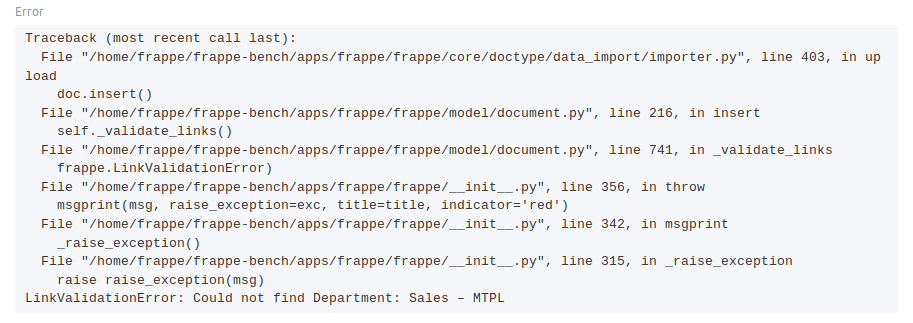
If the tabs in your spreadsheet have more data that your current table limits allow, the data may also be truncated or may cause the import to fail.

If your spreadsheet has more than 20 tabs in it, it will hit a limit that may truncate or cause the import to fail.
Imports are limited to 30MB files at this time. We recommend leaving links as raw urls, which can then be linkified in text columns in Tables. Note: importing from Sheets will discard any embedded links in the text. Importing from the Tables homepage will create a new workspace with the new tables, while importing from an existing workspace will add all the tables into the workspace. If you want to only import certain tabs of a Sheet, you’ll have to create a new copy and remove the unwanted tabs, or export the desired tabs as separate CSV/TSV files. Import will convert all tabs in the Sheet as separate tables, or a CSV/TSV file into a single table. If the first row is missing data, it may fail the import and result in partially imported data.  Each spreadsheet tab or CSV/TSV file is required to have the first row of data be the column titles and should not be blank. You can import from Google Sheets or CSV/TSV files to bring data easily from an existing spreadsheet or external application. This data is not synced with the original data source. After uploading the file, a new table or workspace will be created with a copy of the data. Please ensure your data is formatted in an appropriate structure before importing (see guidelines below).ģ. From an existing workspace: click the “+ Add Table” button in the tab bar, and then select Import.Ģ. In the pop up menu, you will be able to select a the data source you want to import from.
Each spreadsheet tab or CSV/TSV file is required to have the first row of data be the column titles and should not be blank. You can import from Google Sheets or CSV/TSV files to bring data easily from an existing spreadsheet or external application. This data is not synced with the original data source. After uploading the file, a new table or workspace will be created with a copy of the data. Please ensure your data is formatted in an appropriate structure before importing (see guidelines below).ģ. From an existing workspace: click the “+ Add Table” button in the tab bar, and then select Import.Ģ. In the pop up menu, you will be able to select a the data source you want to import from. 
From the Tables home page: click on the “+ New” button, and select the Import data option.You can import data from the Tables home page, or from within an existing Tables workspace.How to import data from Google Sheets into Tables How to start an import You can import data from a number of sources, like Google Sheets, CSV/TSV files, or even formatted JSON files, to create tables and workspaces in Tables.







 0 kommentar(er)
0 kommentar(er)
